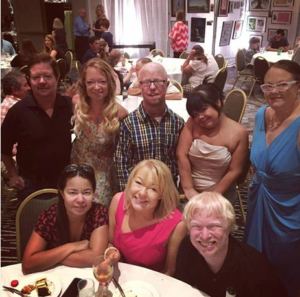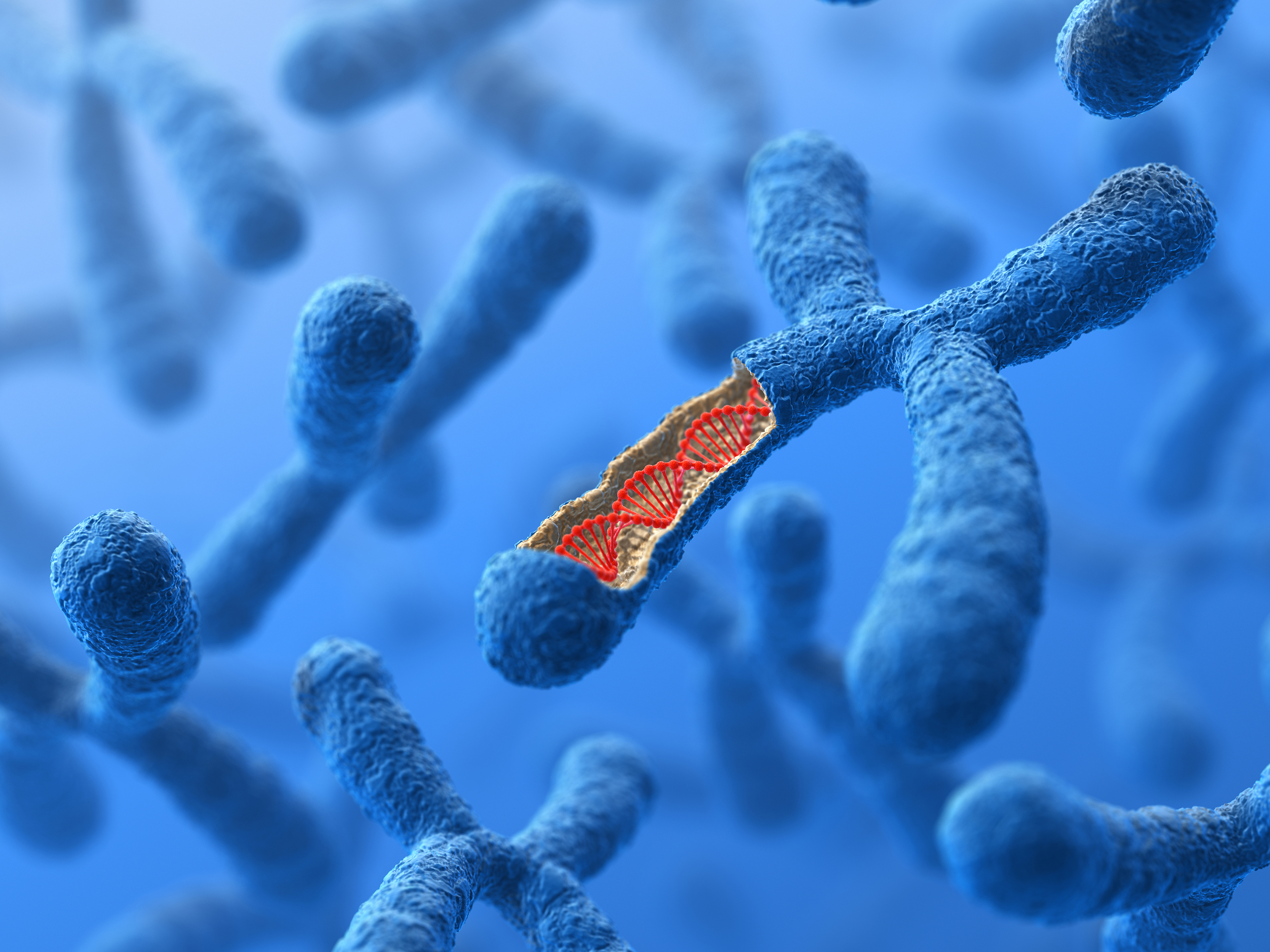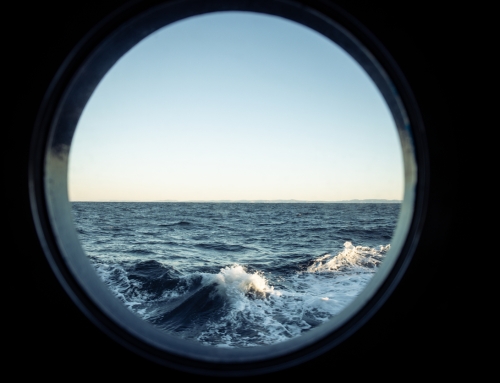By Terri Schleuder, VP of Education & Awareness, Cystinosis Research Network
Statistically, there are over 7,000 rare diseases in the United States that collectively impact 30,000,000 people. This is the story about one of them, and an important one for kidney disease patients as nearly all cystinosis patients lose their kidney function. Also, recent data suggests a high incidence of underdiagnosis and carriers among dialysis patients.
Nephropathic Cystinosis is a rare metabolic, genetic disease that affects about 500 people in the U.S. and about 2,000 worldwide. Cystinosis occurs in a child when he/she inherits the recessive gene, identified in the late 1990’s as the CTNS gene, from each parent. In the general population, only 1 in 200 people carry this gene — but if two carriers of the CTNS gene produce a child, there is a 25% chance that the child will have Cystinosis. This occurs in about 1 of every 250,000 births. It is very rare!
Our family became one of these statistics when our youngest son, Steve, was born in 1988.
The defect that causes Cystinosis is at the cellular level. Cystinosis occurs when an amino acid called cystine gets trapped inside a part of the cell called the lysosome. Think of it as a one-way door. The cystine gets into the lysosome, but because of the defect it cannot get back out. This causes a build-up of cystine that forms crystals within the cell that damages and eventually destroys cell function.
Virtually all the cells are impacted in Cystinosis and eventually many organs in the body are damaged. The kidney and eye are more severely damaged early on. In the kidney, the ability to reabsorb water and crucial electrolytes (such as sodium, potassium, bicarbonate and others necessary for normal body functioning) are lost, spilling out into the urine. This process is called Fanconi Syndrome. Cystinosis is the leading cause of Fanconi Syndrome in children. In the eye, the cystine forms crystals in the cornea that cause severe photophobia (sensitivity to light) and painful corneal ruptures. Left untreated, blindness can result.
Hallmarks of Infantile Nephropathic Cystinosis in the first year of life are dehydration, polyuria (need to pass a lot of urine every day) and an unquenchable thirst. Due to the kidneys’ inability to balance calcium and phosphorus, infant’s bones do not develop normally, resulting in Rickets. Infants with Cystinosis often have no appetite, though what is consumed is usually salty or spicy. Infants may experience frequent vomiting (2-5 times daily). Children who appeared normal at birth, stop growing, lose weight and quickly fall below the 3rd percentile on growth charts. This is called failure to thrive.

Adults with Cystinosis at the 2015 CRN Family Conference held in Chicago in July. Steve is seated, the first one on the right.
Our son, Steve, began to show all of these symptoms between 6 and 9 months of age. He progressively got worse as time passed. Repeated trips to doctors and specialists yielded more questions than answers. In July 1989, when he was 18 months old, his weight had dropped to less than 15 lbs. His skin hung in loose folds. His hair had started to fall out. His huge blue eyes had big dark circles under them and his lips and mouth were always dry, no matter how much water he drank (which was a lot, more than an adult).
The fear I felt at that time was all consuming. I knew if we didn’t find an answer soon, he would die. I prayed constantly.
Finally, as he began to show signs of kidney failure, we found our way to the Pediatric Nephrology Department at the University of Michigan Health Care System. Based on his symptoms, labs, and a specialized blood test called a white cell cystine level, he was diagnosed quickly. At this facility, they had seen Cystinosis before. Steve’s symptoms were classic.
While we felt happy to finally know what it was he had, the more we learned, the more terrified we became. This disease became our fork in the road –our before and after. Everything in our lives after his diagnosis would be viewed through the lens of Cystinosis.
Before the late 1970’s, children born with Cystinosis died by the age of 9 or 10 from kidney failure. With advances in medical research, dialysis, and kidney transplantation, they started to live into adolescence and beyond. At about this same time, research proved a drug called Cysteamine could remove cystine from cells. It did this by attaching to the cystine within the cell, thereby changing the shape of the molecule and allowing it to leave the lysosome through a different “door” or pathway.
Steve was started on this research study with Cysteamine when he was diagnosed and improved over time. The down sides of the drug were that it tasted and smelled like sulfur (rotten eggs) and had to be given every 6 hours around the clock to be effective in removing cystine from cells. In addition, it caused severe stomach irritation.
In 1994, Cysteamine was FDA approved as the first successful treatment for those with Cystinosis under the brand name Cystagon. It still needed to be taken every 6 hours.
In spite of our best efforts and compliance with the medication regimen, Steve developed end stage renal failure at about age 10 ½ years of age. He was on hemodialysis for about 6 weeks before receiving a living related donor transplant in June 1999 at age 11. I was blessed to be a close enough match to be his donor. Since then he has been mostly stable. While some meds changed, he still takes many doses every day. He finished high school, graduated from college, and is currently working part time with a goal of being independent and living on his own in the near future. We try very hard to focus on the positive and see the beauty in ordinary days.
In 2012, a delayed release version of Cysteamine, Procysbi, was FDA approved and only has to be given every 12 hours to be effective. This has improved the quality of life and increased compliance in many people.
About the same time, in 2012, an eye drop containing Cysteamime was FDA approved as Cystaran. Though it has to be given hourly during waking hours (10-12 times daily), it has proved successful in dissolving the cystine crystals in the cornea.
It has been over 20 years since Cysteamine was first FDA approved. This treatment has proved successful in slowing the progression of the disease. It allowed many who have Cystinosis to reach late adolescence or adulthood before needing a kidney transplant, but it is still just a treatment — not a cure.
While many people are living longer, many still experience late complications including muscle wasting, male infertility, bone issues, difficulty swallowing, pulmonary, thyroid and central nervous system problems. Clearly, research on Cystinosis needs to continue.
We in the Cystinosis community remain hopeful and vigilant and continue to do all we can to increase awareness, educate doctors, health care professionals and the public, and raise funds to support promising research that will ultimately lead to a cure. Research has already raised Cystinosis from a disease of despair to one of hope, and perhaps someday no child or family will suffer from the ravages of this disease.
There have been many lessons I have learned on this now 27-year journey with Cystinosis. The ‘Truth’ that stays close to my heart always, is knowing that value, beauty and quality of a life are not measured in years, but in the number of lives touched. The beauty of the lives of our loved ones with Cystinosis is immense.




